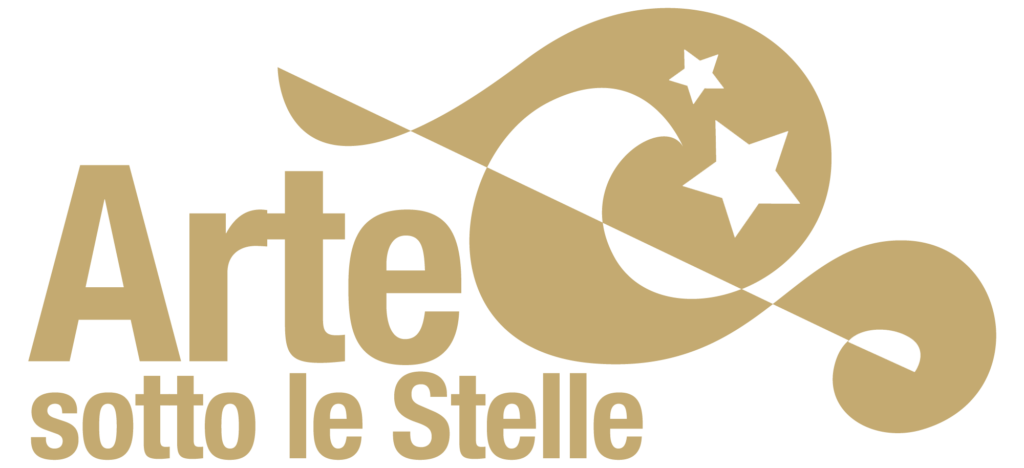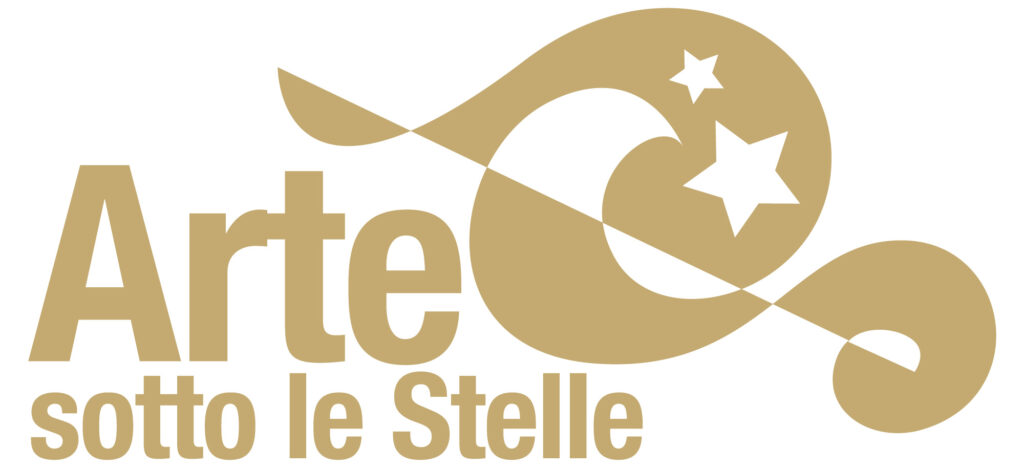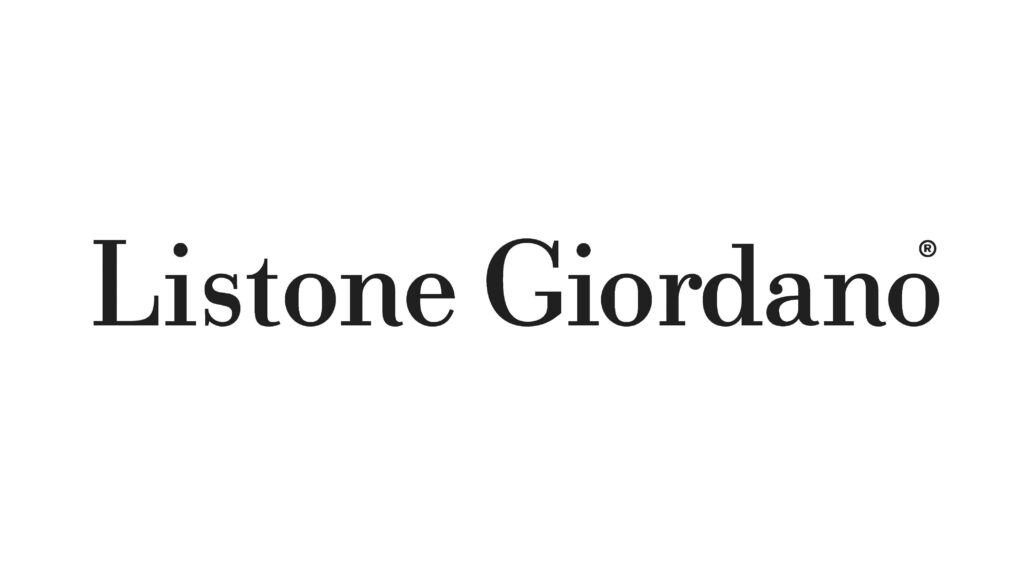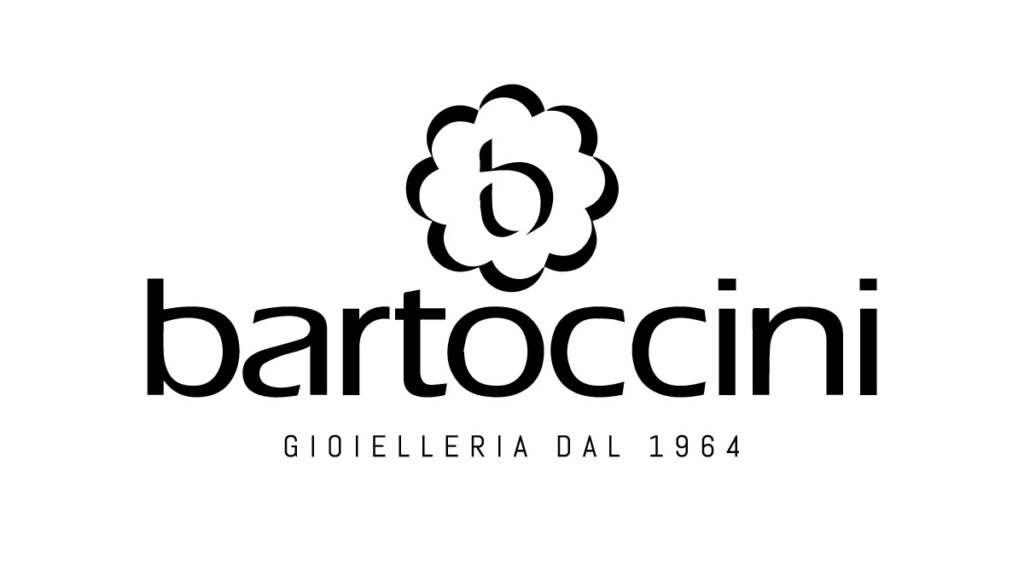PERUGINO AROUND THE WORLD
At the opening of the Musée Central des Arts (better known as the Musée du Louvre nowadays), in August 1793, the royal collections, already full of works by the major Italian artists of the Sixteenth and Seventeeth centuries, did not yet include works dating back to before the mature Renaissance: at the time, only one work by Perugino, a Saint Jerome (now preserved at the Musée des Beaux Arts in Caen), was preserved in the collection of Francis I.
On the eve of the requisitions campaign ordered by Napoleon in Italy, the taste for collecting was in fact still directed towards a certain classicism, which had guided the choices in the selection of the heritage destined to enrich the vast treasure preserved in Paris. Everything that had happened before Raphael, Correggio, Titian, Veronese still wasn’t getting adequate consideration.
A substantial change in this perception occurred around 1797, when the academic painter Jacques-Pierre Tinet was sent to Perugia to arrange new requisitions to fill this historical gap in the Musée de la Republique Française collection: Perugino’s works unfortunately played a role of enormous prestige, probably because of the still common overlap of his works with those of the famous pupil Raphael.
Masterpieces of great prestige, such as the Marriage of the Virgin (today at the Musée des Beaux-Arts in Caen), some panels of the Polyptych of Saint Augustine (now dismembered between Perugia, Toulouse, Lyon, Grenoble, Paris and and Birmigham) and part of the Polyptych of Saint Peter (dismembered between Lyon, Nantes, Rouen, Perugia and Rome) were then sent to France and never came back to Italy, not even after the recovery mission carried out by Canova.
The subsequent descent of the French armies profoundly upset the geography of the Italian historical and artistic panorama, causing at the same time a wide circulation of works of art and therefore a considerable availability of paintings on the antique market, to be purchased and become part of the great collections of amateurs and museums all around Europe.
The museums of all France nowadays preserve many other works by Perugino, merged in their catalogues thanks to the subsequent post-napoleonic collection drive that continued throughout the nineteenth century, also thanks to contemporary studies that helped restore the critical fortune concerning Vannucci, finally understanding his innovative capacity.
French collections are rich in works of great value by Perugino, first transferred to Paris to be then redistributed in the province: the Musée du Louvre alone preserve many masterpieces by Vannucci, such as the predella tablets depicting scenes from the Hieroymanium by Giovanni d’Andrea (Saint Jerome resurrecting Cardinal Andrea, Dead Christ and Saint Jerome assisting two young unjustly hanged men), Apollo and Dafni, the tondo depicting Mary with Child between two saints and two angels, a Saint Sebastian, the Madonna and Child between Saints John the Baptist and Catherine of Alexandria and the Fight between Love and Chastity. In many other national museums of France, in addition to the aformentioned works and to the tables of the dismembered Polyptychs of Saint Peter and Saint Augustine, it is possible to admire the Madonna enthroned between St. Augustine and St. Jerome in Bordeaux, Family of Our Lady in Marseille, Our Lady with Saint John and two Angels adoring the Child in Nancy and Our Lady between Saint Peter and Saint Jerome in Chantilly.
Moreover, due to the many and complex changes of ownership among the major collectors throughout Europe, Perugino’s paintings are scattered in different museum collections around the whole Old Continent, starting from United Kingdom: the National Gallery in London preserve the Polyptych of the Certosa of Pavia and the Madonna of Loreto; the detached fresco of Adoration of the shepherds at the Victoria and Albert Museum; Nativity of the Virgin is at the Walker Art Gallery in Liverpool while its “twin” panel depicting the the Miracle of the Snow is located in Polesden Lacey, Surrey; the Penitent Saint Jerome is part of the Royal Collections of Hampton Court, while the National Gallery of Scotland in Edinburgh preserves the Four Male Figures and the National Gallery of Ireland in Dublin a Piety.
In various museums all over Germany, it is possible to admire the predella with the Last Supper from the Pala Tezi (Berlin, Gemaeldegalerie), a Madonna with Child and Saint John (Frankfurt, Staedel Museum) and the Apparition of the Virgin to Saint Bernard, Madonna with Child, Saint John the Baptist and Saint Nicholas, the Baptism of Christ, the Resurrection of Christ and and Our Lady with the Child, Saint John the Baptist and Saint Jerome (Monaco, Alte Pinakothek); the Kunsthistorisches Museum in Wien preserves the Madonna and Child between Saint Catherine of Alexandria and Saint Rose, the Baptism of Christ, Our Lady enthroned with the Child among Saints Peter, John the Evangelist, John the Baptist and Paul and Saint Jerome Penitent, while in Altenburg the Lindenau-Museum collection includes two panels originally part of the Polyptych of the Annunciation depicting Saint Helena and an unidentified Saint.
The Nationalmuseum in Stockholm also houses a Saint Sebastian, while another Saint Sebastian is at the Hermitage in Saint Petersburg along with the Portrait of a Young Man.
Thanks to the great availability of works of art on the collectors’ market, towards the end of the nineteenth century also the large American art collections began to form, to then merge into the catalogues of the most important museums, that nowadays are in fact rich in paintings by Perugino: the National Gallery of Art in Washington preserve the Portrait of Lorenzo Credi, Madonna with Child and the Galitzin Triptych; in New York we find the Madonna with saints adoring the Child(at the Pierpont Morgan Library) and the Resurrection of Christ, Saint John the Baptist and Saint Lucy (Metropolitan Museum); at the Sterling and Francine Clark Art Institute there is the Sepulchrum Christi, at the Detroit Institute of Arts a Madonna and Child and at the Carnegie Museum of Art in Pittsburgh the Saint Augustine with members of the brotherhood of Perugia. The Art Institute in Chicago preserves a predella showing stories of Christ, while the North Carolina Museum of Art in Raleigh collection includes two panels depicting Saint John the Evangelist and the Virgin, both grieving Jesus’ death.
Finally, it is possible even to find a work by Perugino in South America: another Saint Sebastian is in fact preserved in the collection of the Museu de Arte in São Paulo, Brazil.
PERUGINO IN VATICAN CITY
Pietro Vannucci and his workshop were commissioned by Pope Sixtus IV in 1481 to realize the decoration of the Sistine Chapel. The cycle of painting should have been divided into three distinct registers: the lower part, adorned with fake curtains, the central one showing the biblical theme of the Life of Moses and the New Testament events of the Life of Jesus, and finally the upper one concerning portraits of some Popes of the Church, starting from the figures of Christ and Peter on the altar. In the middle part, the most important, the most famous masters of the time, including Sandro Botticelli, Cosimo Rosselli, Luca Signorelli, Domenico Ghirlandaio, Bartolomeo della Gatta realized sixteen frescoes. Perugino realized five scenes, but only three of them are still preserved (the Baptism of Christ, the Circumcision of the Son of Moses and the Delivery of the Keys) since the Finding of Moses and the Birth of Jesus were destroyed when Michelangelo painted his famous Last Judgment. He also realized the fresco decoration of the vault of the Stanza dell’Incendio di Borgo: within triangular partitions of the cross vault enriched by a grotesque decoration on a precious and refined gold background, he painted four rounds depicting the Father enthroned among angels and cherubim, Christ between Mercy and Justice, the Trinity between the apostles, Christ Sol Iustitiae and Christ tempted by the devil. Perugino finished the works in 1508, the very same year in which Raphael moved to Rome, convened by Pope Julius II.
The Pinacoteca Vaticana also preserves other masterpieces of the Umbrian master: the Pala dei Decemviri (1495-1496), originally in the Cappella dei Priori delle Arti in Perugia; from the church of San Francesco al Prato, the Resurrection of Christ; finally, originally part of the dismembered Polyptych of San Pietro (1496-1500), the panels depicting the figures of San Benedetto, Santa Flavia, San Placido.
Around the world

Penitent Saint Jerome – Kunsthistorisches Museum – Vienna
The panel, of small size, was probably conceived as a predella panel for an unidentified altarpiece and depicts Saint Jerome penitent: the saint is indeed

Penitent Saint Jerome – Hampton Court – London
Dating back to about 1490, the work depicts Saint Jerome kneeling in the foreground, while he’s slightly turned to the right with the expressive gaze

Grieving Virgin and Saint John the Evangelist – North Carolina Museum of Art – Raleigh
The two tondos can be dated back to about 1520 and were probably part of a predella: the two figures are in fact built in










